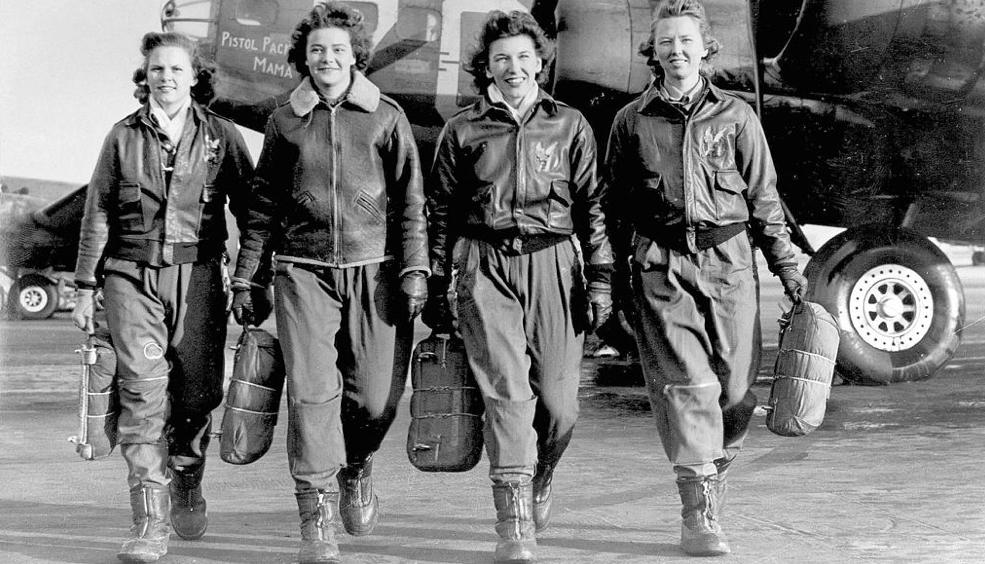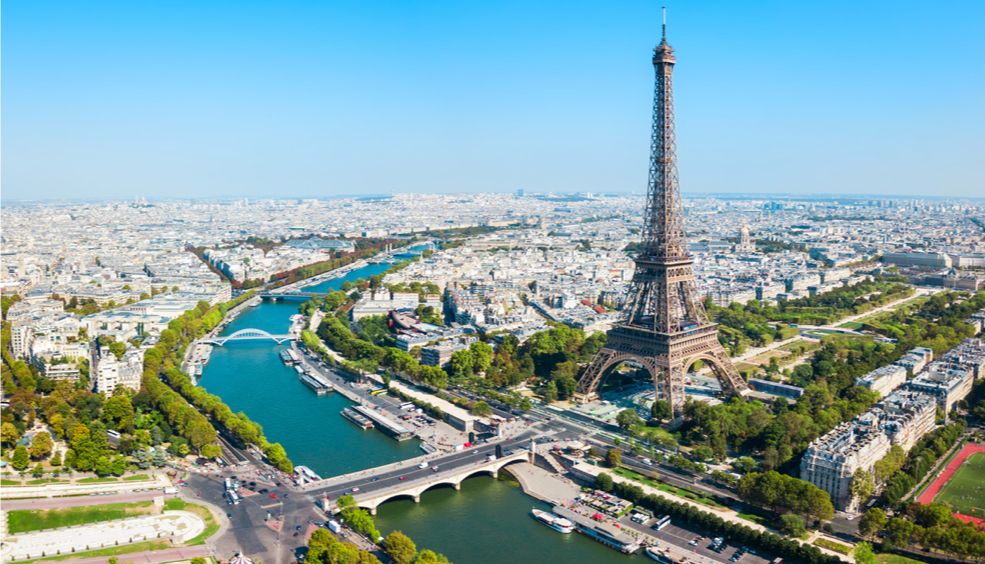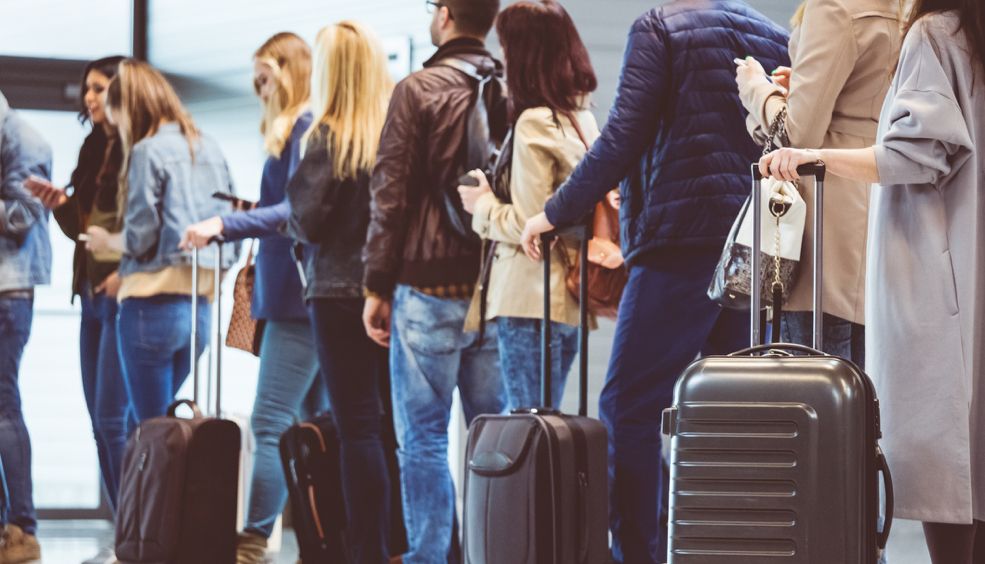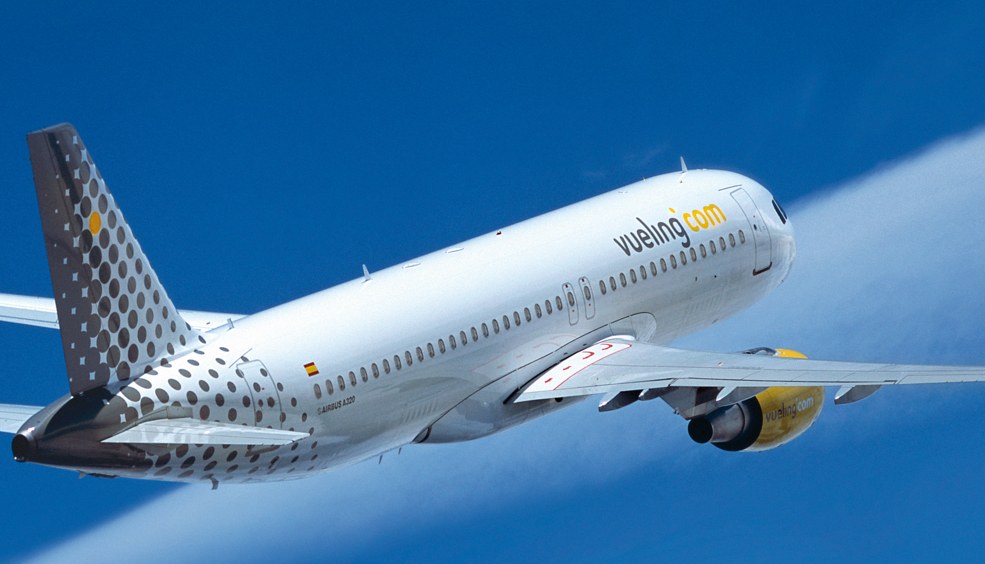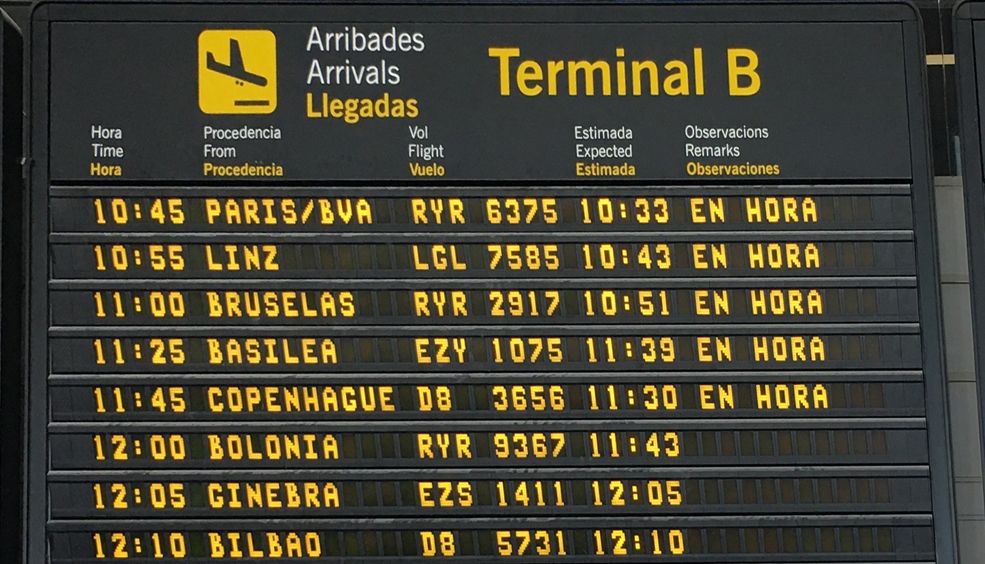Thérèse Peltier, Raymonde de Laroche, Ruth Law, Amelia Earhart, Geraldine “Jerrie” Mock, Hélène Dutrieu… Quite a few female pilots have not only broken through those metaphorical "glass ceilings" but have reached the sky! And with 8 March, International Women's Day, just a few weeks away, we want to refresh your memory about some of the names that made aviation history.
I can't help it! I'm still surprised (and happy as well!) whenever I hear the words "This your captain speaking. Good morning and welcome to this flight," uttered by a female voice. It's lack of habit, obviously, because women are still in a minority when it comes to taking the controls of a plane. And yet this is not really a new profession for women. Many before them have soared skies. We only need to look back at the history of aviation to find plenty of examples. Here are just a few of them!
Thérèse Peltier, the first woman to pilot a plane.
In other words, it's to her that we owe the term "aviatrix", because she was the first woman to pilot a heavier-than-air craft (ruling out hot air balloons, in which case it is Jeanne Geneviève Labrosse who is credited with being the first woman to "pilot" one in 1799). Thérèse Peltier made her first flight in Turin in 1908, and although she only flew 200 metres at a height of 2.5 metres, it was considered quite a feat for a Parisian otherwise known as a prominent sculptor.
Raymonde de Laroche, first woman in the world to receive a pilot's licence.
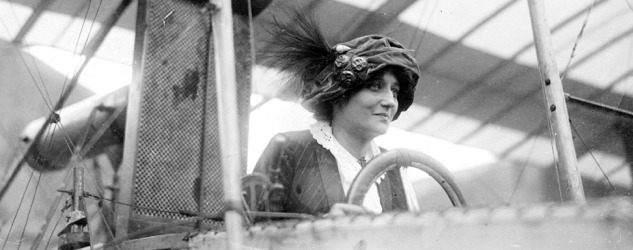
(Yes, Thérèse Peltier flew without a licence, but let's keep that quiet!) In fact, it was precisely one 8 March in Mourmelon (France) that Raymonde de Laroche received her pilot's licence from the Aéro-Club of France. It would have been a fitting way of commemorating International Women's Day were it not for the fact that she achieved this feat in 1910, and it was not until 1911 that the date for claiming women's rights was established.
Ruth Law, the woman who campaigned for more female pilots.
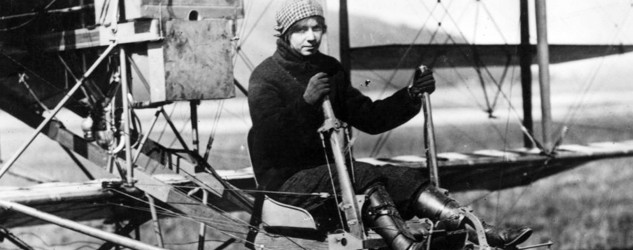
Passionate about aviation from a very early age, Ruth Law was just 21 when she bought her first plane. Legend has it that during the First World War she donned a man's military uniform and presented herself to President Wilson to ask for permission to join the nation's air force. Although that permission was denied, she continued to campaign for women to be allowed to pilot military planes, and she even wrote an article entitled “Let Women Fly!” for Air Travel Magazine.
Amelia Earhart, the most high-profile aviatrix.

Most people are probably familiar with this name, not least because of the 2009 film “Amelia” that tells the story of her incredible mission to make a round-the-world flight in 1937, which unfortunately culminated in her disappearance over the Pacific Ocean. Before that though, in 1928 Earhart became the first woman to cross the Atlantic—after three women had died trying to achieve the same feat—and in 1935 she became the first person to make a solo flight from Honolulu (Hawaii) to Oakland (California, USA), not to mention numerous other adventures that bear witness to her passion for defying limits and embracing danger.
Geraldine “Jerrie” Mock, the first woman to fly solo around the world.
She achieved what Amelia Earhart couldn't: in 1964 she completed a round-the-world flight alone on board the "Spirit of Columbus". It took her 29 days and 21 stopovers to travel 36,800 kilometres. Interestingly, the thing that most motivated Jerrie Mock to embark on this adventure was boredom! Having been a housewife for 20 years, and having given up her aeronautical engineering studies at the University of Ohio, she decided to break with the conventional life that was not for her. And what a way to do it!
Hélène Dutrieu, the most multifaceted aviatrix.
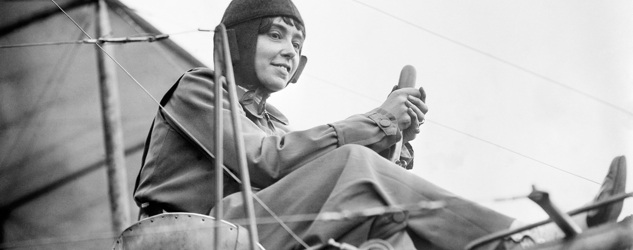
You may know this Belgian woman better as “The Human Arrow”, a nickname she earned because of all her hobbies related to "driving" in one form or another. As well as learning to fly, she was a stunt cyclist, motorcyclist and automobile racer, and during the First World War she was an ambulance driver. She was also the first woman to pilot a seaplane and the first female pilot to fly with a passenger. And since she wanted other women to follow her example, she created the Hélène Dutrieu-Mortier cup for French and Belgian female pilots, with a prize of 200,000 francs.
Who knows, may be one day an airport will be named after one these pioneers. No harm in dreaming... In the meantime, the number of airports around the globe that are named after a woman are very few and far between: Istanbul (Sabiha Gökçen), Delhi (Indira Gandhi) - interestingly, India is the country with the highest number of female pilots - Pakistan (Benazir Bhutto) and Rio de Janeiro (Maria da Penha).


